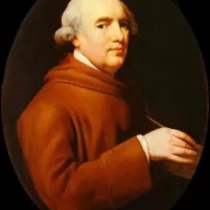 1724 - 1806
romanticism
1724 - 1806
romanticism
Description George Stubbs
George Stubbs, born August 25, 1724, in Liverpool, England, rose from humble origins to become a preeminent figure in 18th-century British art. While his early career included work as a portrait painter, it was his unwavering fascination with the anatomy and movement of animals that would define his legacy.
Stubbs's groundbreaking achievement came with his seminal work, "Anatomy of the Horse," published in 1766. This unprecedented exploration of equine anatomy demonstrated his commitment to meticulous scientific observation, setting a new standard for artistic accuracy. Stubbs's mastery of both art and science earned him recognition as a pioneering figure in veterinary anatomy.
Beyond his scientific pursuits, Stubbs became the leading painter of horse portraiture in Georgian England. His ability to capture the individual character of each horse, as seen in works like "Whistlejacket," solidified his reputation among the aristocracy, earning him commissions from notable patrons.
Stubbs's artistic vision extended beyond horses to include exotic animals and sporting scenes. His fascination with the natural world is evident in paintings such as "A Cheetah with Two Indian Attendants and a Stag" and "A Lion Attacking a Horse." These works showcase Stubbs's ability to transcend traditional genres, exploring the intersection of art, science, and the exotic.
Despite his success, Stubbs faced financial challenges and struggled for recognition in the London art establishment. His decision to reside in the rural village of Horkstow allowed him the solitude to pursue his artistic passions. Stubbs's later years saw a return to portraiture, capturing the elegance of society's horses and hounds.
George Stubbs passed away on July 10, 1806, leaving a lasting legacy as a trailblazer in the intersection of art and anatomy. His pioneering spirit and commitment to precision laid the foundation for the scientific illustration of animals, influencing generations of artists and anatomists. Stubbs's unique contribution to both art and science ensures his enduring significance in the rich tapestry of British cultural history.
Gallery
Paintings George Stubbs
F.A.Q Section
"Whistlejacket" (1762): A famous portrait of a racehorse, considered one of Stubbs's masterpieces.
"The Anatomy of the Horse" (1766): A series of engravings and paintings illustrating the anatomy of horses, showcasing Stubbs's expertise in equine anatomy.




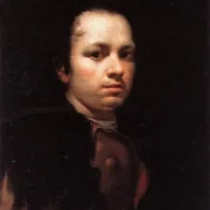

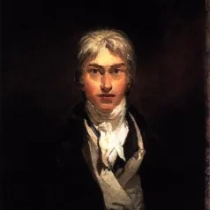
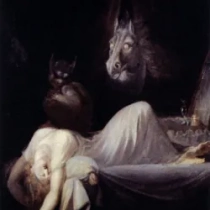





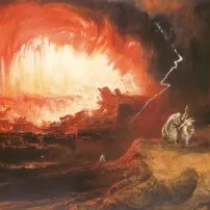

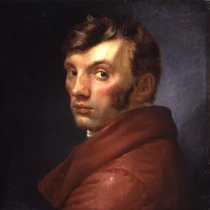



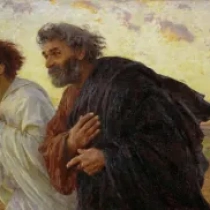
No Comments Yet...